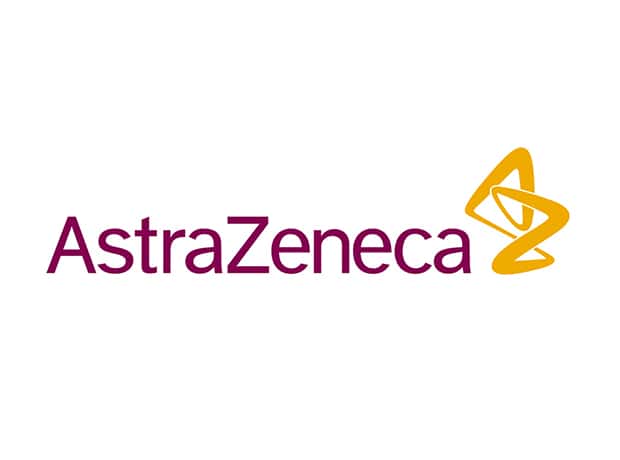AstraZeneca has revealed plans to signed a multi-year non-exclusive license agreement with ImaginAb, in order to license the latter’s ImaginAb’s CD8 ImmunoPET technology.
The companies say that under the terms of the agreement, the technology will be used in AstraZeneca’s clinical trials in Europe and North America to facilitate clinical development of AstraZeneca’s novel immunotherapies and to advance the clinical utility of ImaginAb’s CD8 ImmunoPET.
CD8 ImmunoPET minibody works by binding CD8 receptor on human T cells and is used for non-invasive PET imaging of CD8 T cells in patients.
The clinical stage immuno-oncology imaging company comments that the partnership is an opportunity for it to support AstraZeneca’s project teams on imaging CD8 cells in patients and both teams, and that it will be committed to analysing and interpreting the data for their respective research and development activities.
Ian Wilson, chief executive officer of ImaginAb, said that the company is “very pleased” that AstraZeneca is expanding the relationship between the two. “Under the new agreement, ImaginAb will provide AstraZeneca with clinical doses of ImaginAb’s CD8 ImmunoPET minibody, as well as technical support, to AstraZeneca clinical trials involving novel immunotherapies.
“ImaginAb’s CD8 ImmunoPET technology is the clinically most advanced CD8 PET tracer. It is a powerful diagnostic approach for measuring non-invasively the effect of immunotherapies, which we believe will ultimately be used to predict therapeutic efficacy.”
ImaginAb is an immuno-oncology imaging company focused on providing actionable insight into patient selection and treatment progress for cancer immunotherapy, enabling precision medicine. It engineers antibody fragments called minibodies that maintain the exquisite specificity of full-length antibodies while remaining biologically inert in the body.










